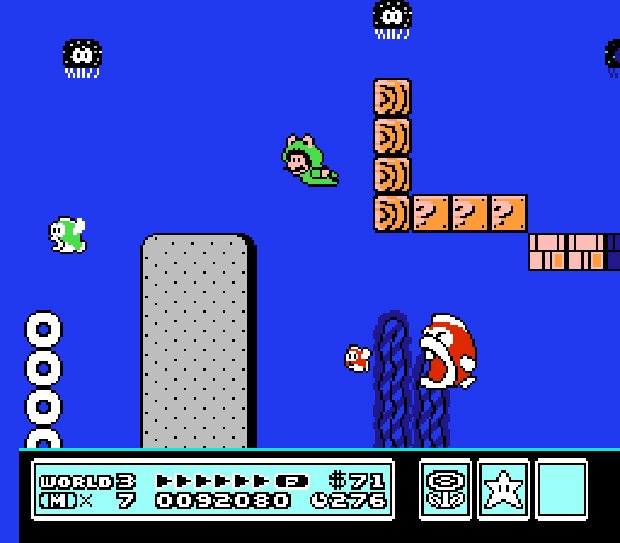Why Super Mario Bros 3 is one of the greatest games ever made
Put on your Tanooki Suit and get ready to fly

Super Mario Bros wasn’t just a hit, it arguably resurrected the console market, putting Nintendo’s consoles in the homes of millions. It became a cultural touchstone that had wide-spread notoriety, spreading to toys, cartoons and cereal. When it was time for a sequel Japan and America took different routes when creating Super Mario Bros 2, neither of which felt like a true step forward for the series. That was saved for the Mario’s final platformer on the NES, a game that redefined Mario in ways that the franchise has yet to top. Everything to love Mario games for is in Super Mario Bros 3, which is why it’s one of the best games ever.
Once the curtain rose on Super Mario Bros 3 players were introduced to the bold new face of Mario games. The world map gave some much-needed openness to the overly linear platforming genre, every new power-up had an interesting hook to it and each stage had some facet of gameplay you’d never seen before. You could tell the creators came to this game with something to prove, ready to use everything they’d learned about platformers in the time since the NES launched.

Of all the amazing additions, the power of flight had the most profound effect on Mario. With his newly acquired raccoon abilities, Mario could fly into the air for a limited time, reaching heights that the plumber had never seen before. This expanded level design for Mario games in a way that wouldn’t be surpassed until he headed into the third dimension with Super Mario 64.
The sky was literally the limit for where platforms could be placed and secrets hidden. If you could build up enough speed to fill up the P-Meter, Mario could take to the sky anywhere he wanted, looking for coins or warp pipes. And the tail opened up Mario’s offensive capabilities too, allowing him to defeat foes from the standing position. Had the tail been the only addition to the franchise, it would have been enough to claim it was revolutionary, but that’s only where the game starts.

The opening stage of Mario 3 is a masterful and perfectly paced introduction to Mario’s new skills. You get the Raccoon Leaf, you carry and kick your first shell, and you’re given a big open space to fly for the first time. When you find all these bonus items up in the clouds, you get your first hint of how much more is hiding in the corners of this game. By the end of 1-1 you’re getting a sense of the huge new world ahead of you.
The raccoon powers were game changers, but Mario’s enemies got even more new skills. The number of new enemies added was unbelievable. Try imagining Mario games without Boos, Chain Chomps or Kuribo’s Shoes and you’ll have some idea of what SMB3 added to the series. The boss battles were also greatly improved, replacing slight variations on the same Bowser fight with a different Koopaling in every airship.

The impeccable structure 2D Marios use to this day were perfected in SMB3, giving you a series of stages that build momentum towards a fortress and then the boss’ castle. The idea of each world taking on a theme was solidified in this game too. A desert world follows to water worlds and then into ice. It may seem cliché now, but it was incredibly inventive at the time and the 2D action genre still relies on this pacing.
Weekly digests, tales from the communities you love, and more
Henry Gilbert is a former GamesRadar+ Editor, having spent seven years at the site helping to navigate our readers through the PS3 and Xbox 360 generation. Henry is now following another passion of his besides video games, working as the producer and podcast cohost of the popular Talking Simpsons and What a Cartoon podcasts.



